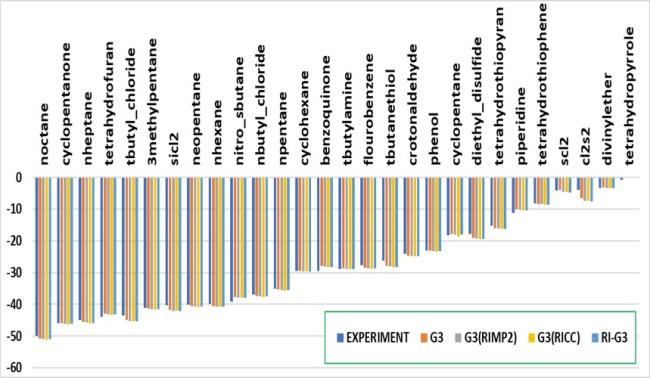Scientific Achievement:
- Developed a new accurate method to predict thermodynamics properties, such as heats of formation.
Significance and Impact:
- The PDG Method is is much faster and requires much less computer memory than existing methods, while retaining chemical accuracy.
- Unlike the original method, the new method scales very well with the number of compute cores, making the new method applicable to much larger molecules than was previously possible.
Research Details:
- The PDG (Pham-Datta-Gordon/Pretty Darn Good) method is based on coupled cluster and second order perturbation theory methods, all with the the resolution of the identity approximation.
- The method is in the popular GAMESS program and is likely to be widely used.
- The PDG development was supported by USDOE BES.
B.Q. Pham, D. Datta, M.S. Gordon, "PDG: A Composite Method Based on the Resolution of the Identity," Special JPC issue celebrating 125 years of JPC: Invited.

